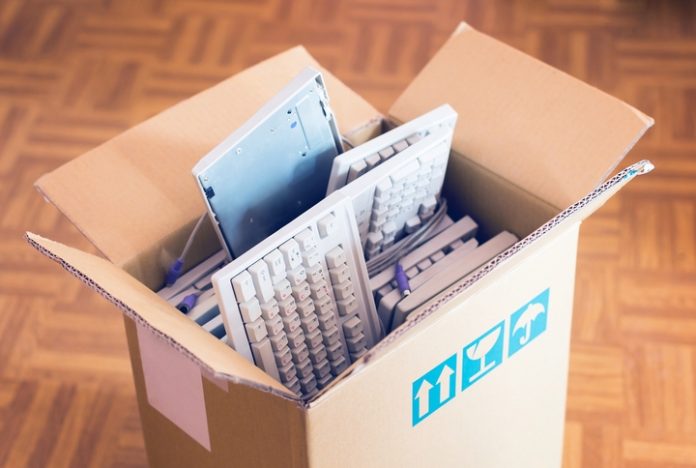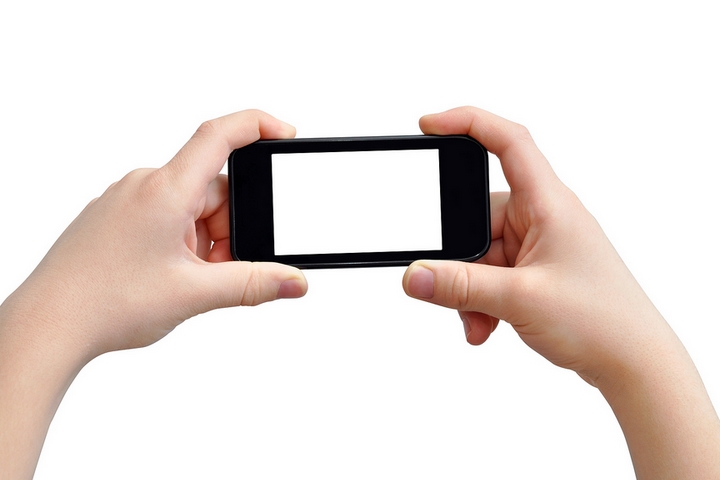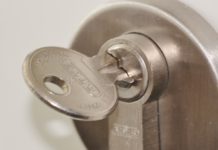Computers are an essential part of our working and everyday lives. While laptops are easy to move packing up a desktop computer to move house can be a little bit of a challenge. Damaging your computer can be costly and even if you are able to replace the computer important files and pictures can be lost.
Computers are very fragile things, and even the smallest knock can damage them beyond repair. We have created a step by step guide to help you in the packing of your computer so that when you move into your new home you will be able to unpack your computer and start working or gaming right away.
Here are the eight best steps on how to pack a computer for moving:
1. Get all of the moving materials that you need
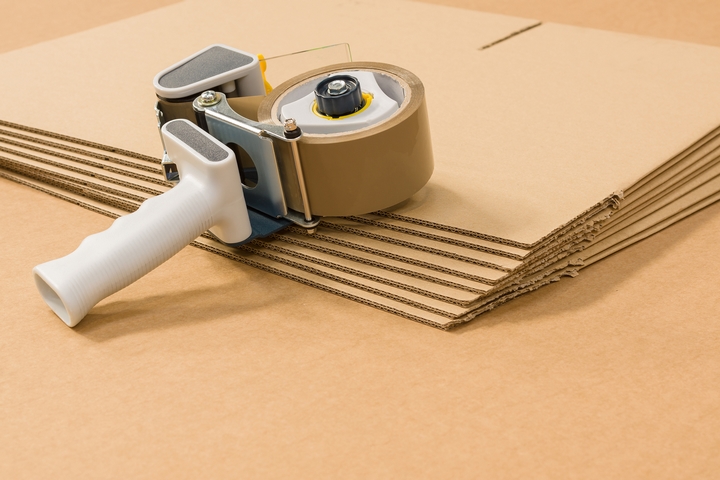
In order to pack a computer for moving, it’s important to gather all the moving materials first. To safely pack your computer you will need packing materials. These include bubble wrap, a marker, zip lock bags, cardboard boxed, packing peanuts, packing tape. Ensuring that you have all of these available before you pack up your computer is essential.
As you will likely be using your computer right up until the day of your move, it can be a real pain to have to scramble to buy these materials at the last minute. As with all aspects of a move, planning ahead and contacting professional movers can save you a great deal of stress.
2. Back up all files and folders

Even though you are taking every precaution when packing up your computer for the move you should always plan for the worst-case scenario. If your computer is lost or damaged could you manage without all of the files on the computer? If the answer is no, then you need a plan to back up the files.
You can back up your files in the cloud using a service like Google Drive or you could use an external hard drive. Ideally, you should do both. This can allow you great peace of mind and even allow you to access these files should you need to during the move when you don’t have access to your computer.
3. Take a picture of the back of the computer tower
You can use this as a reference when it comes time to reassemble the computer as you may need to remind yourself where each of the cables go. This can save a great deal of time and energy at the other end of your move and also make sure that you don’t miss anything when you unpack the boxes.
4. Disconnect and label all wires
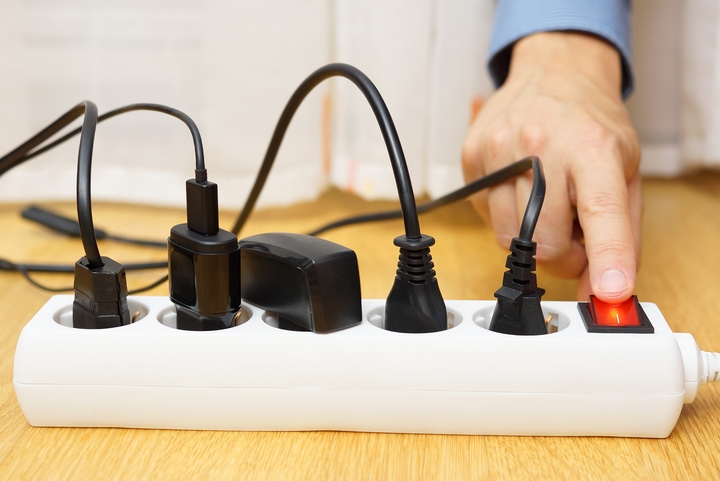
There will be a handful of wires coming out of the back of your computer as you disconnect them it is wise to label each wire so that when you come to reassemble the computer in your new home you will know how to do it easily. It is a great idea to keep all wires in one bag or box so that they don’t get confused with any other wires that you have packed away for the move.
5. Packing the computer tower
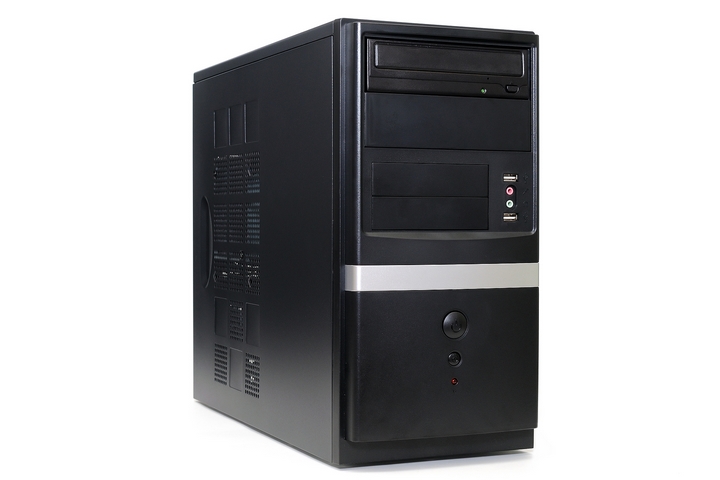
You want to have a box that can accommodate the computer tower safely without being too big. The first step is to put some packing peanuts into the box before the computer. Next, gently lower the tower into the box. Then fill up the sides and the top of the box with packing peanuts and seal the box. You should label the box so that you know what is inside and also write in very large letters “Fragile” on all sides of the box.
6. Wrap the peripherals
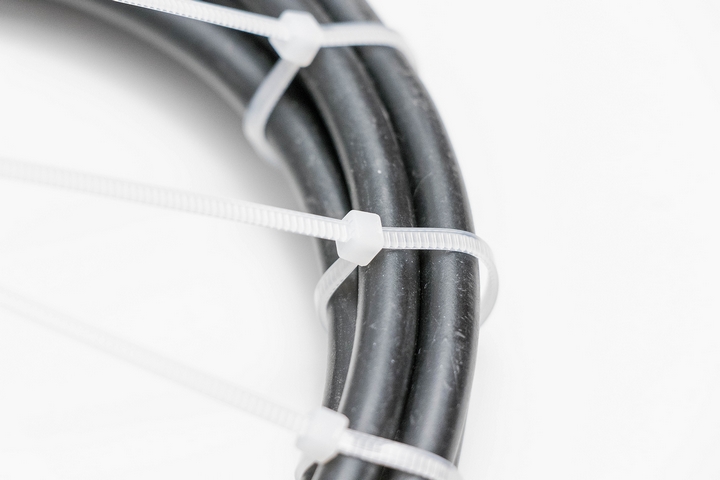
This includes the mouse, keyboard, headset, and anything else that you have that you need to work on your computer. If you own a scanner or printer then you need to place these in their own boxes in the same way that you packed the tower. Don’t forget to label each box clearly.
7. Packing the monitor
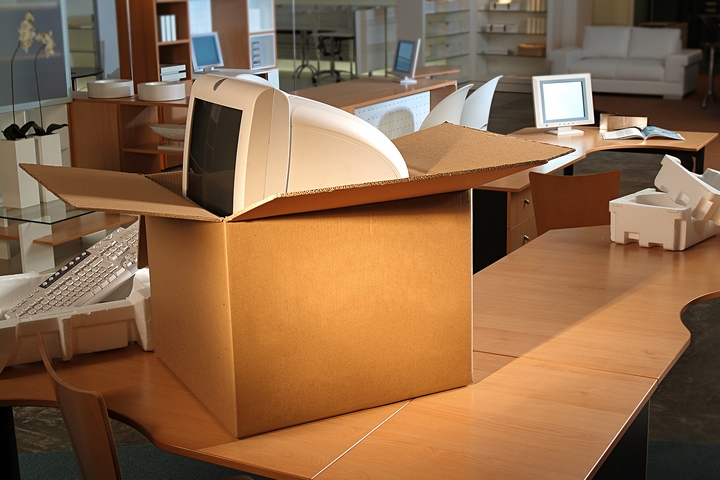
This is often the hardest item to pack. It will be bulky and difficult to fit into a standard size box. It is often a good idea to get a custom box that fits the monitor perfectly to prevent any damage to the monitor. These often come with foam inserts that will really protect you monitor from any damage.
8. Unpacking and reassembling
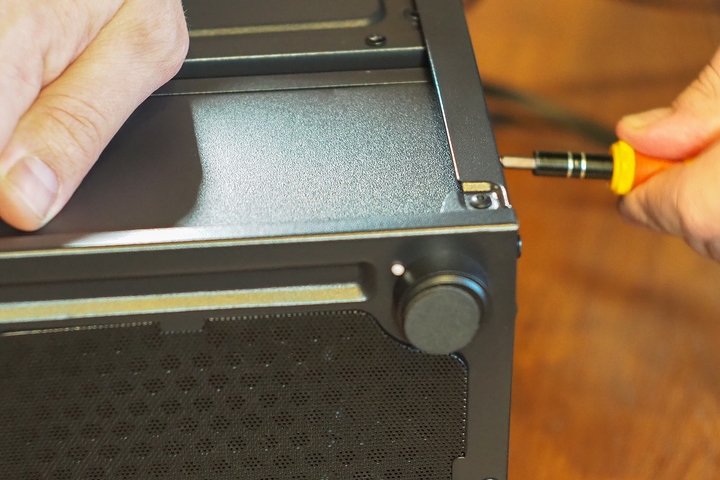
You should take your time with this step and be very careful when unpacking your computer. The items may have shifted in the boxes so you don’t want to just cut into the box with a knife in case you hit a wire or some other vital component.
You should have the picture of the back of the computer tower in front of you as you put the wires back into place. Make sure that you have put every wire in place before connecting the computer to the power supply. Once you turn on the computer make sure that all of the peripheral devices are working and in good order and you should be good to go.

